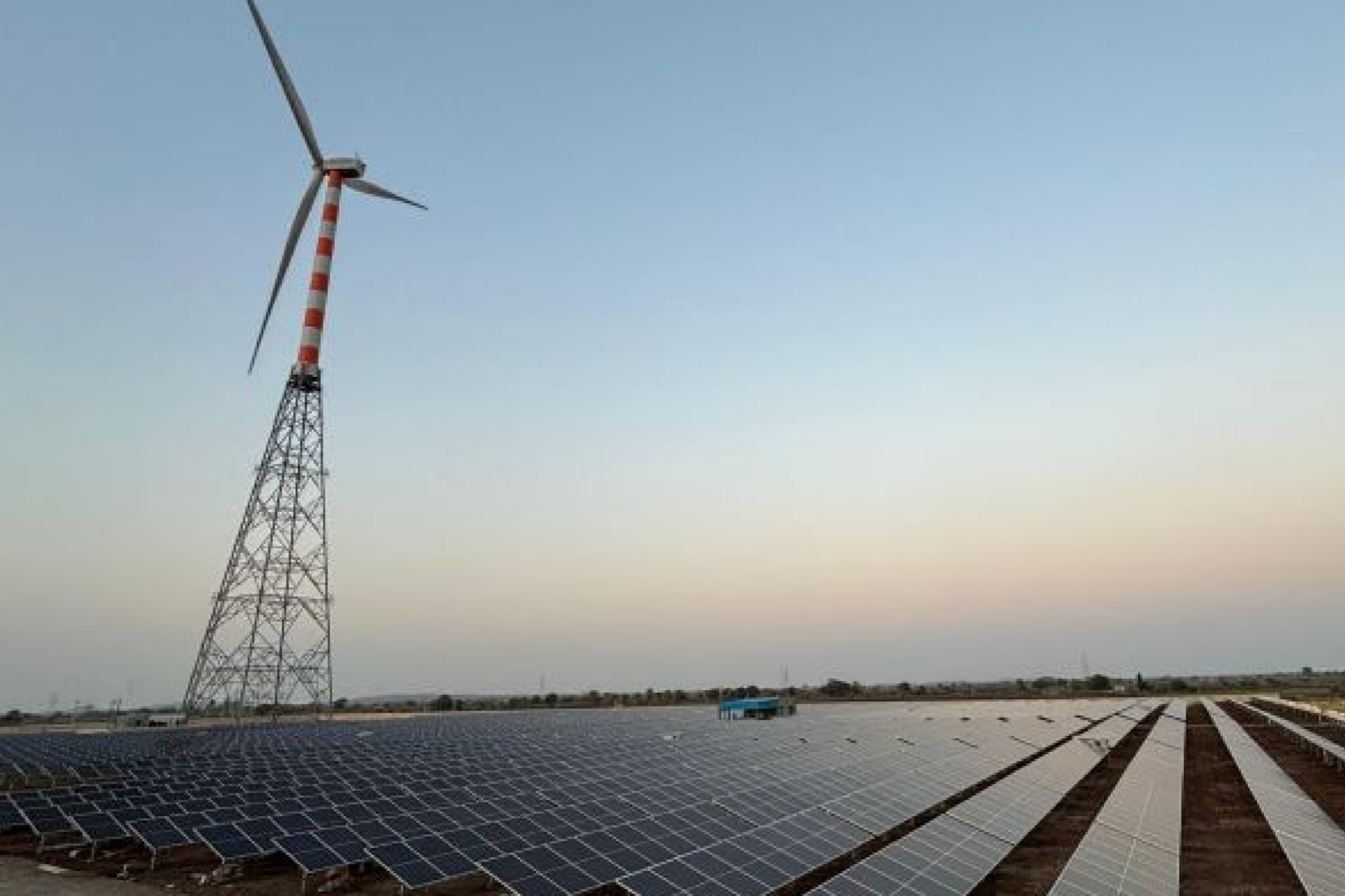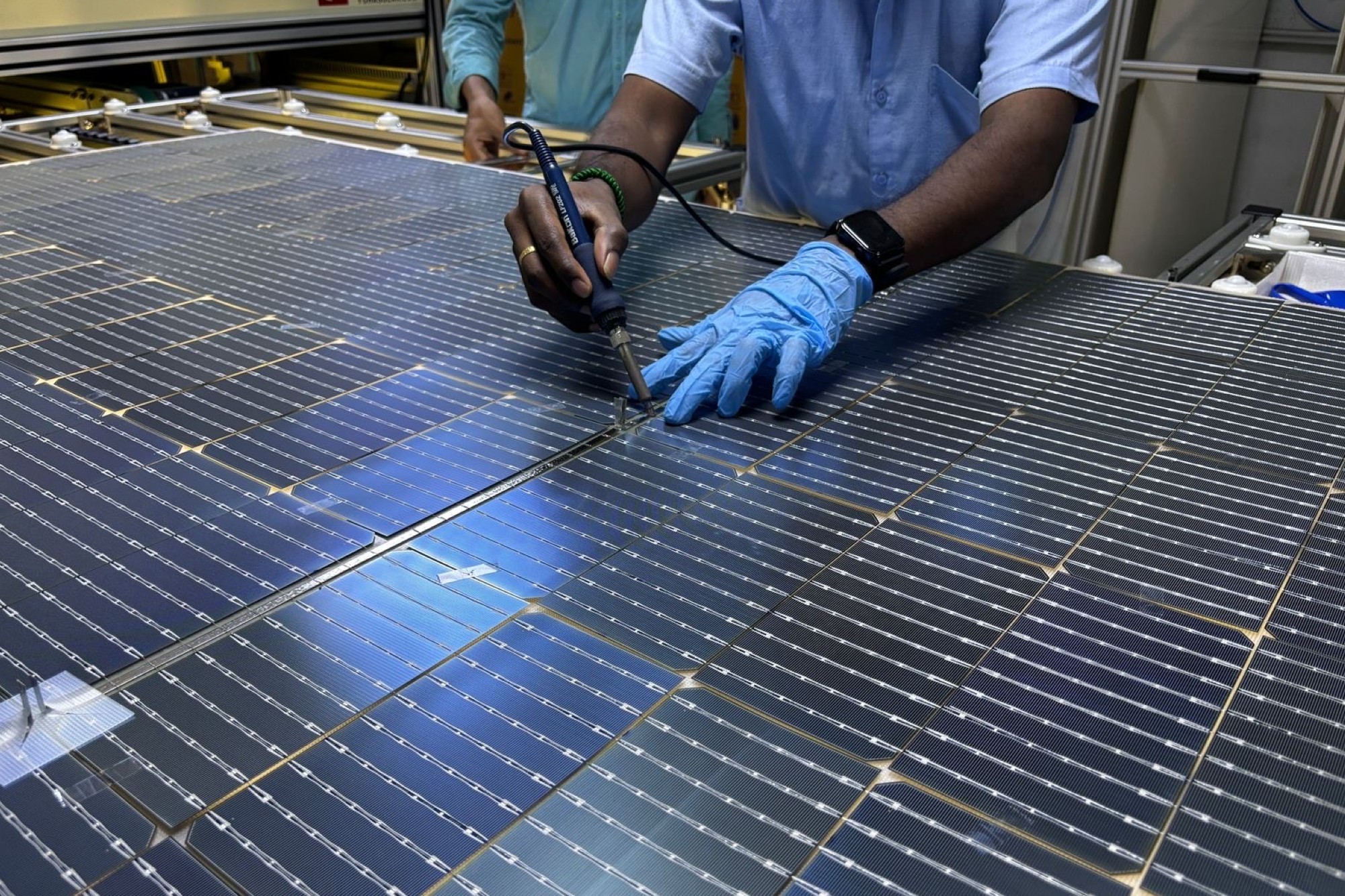ALMM 2.0 restructures solar supply
By Staff Report July 29, 2025 4:04 pm IST
By Staff Report July 29, 2025 4:04 pm IST

By prioritising traceability quality assurance and collaboration importers can turn compliance into a competitive advantage and emerge stronger in India’s solar energy landscape.
The Approved List of Models and Manufacturers (ALMM) 2.0 policy reforms have stirred considerable anxiety among developers and importers in India’s solar energy landscape. Dushyant Kumar, PV Quality Manager at AXITEC Energy India Pvt. Ltd, discusses the recent reset of the ALMM in India which aims to strengthen domestic manufacturing and ensure quality control.
In India’s rapidly evolving solar energy landscape, policy reforms often act as inflexion points. The recent reset of the Approved List of Models and Manufacturers (ALMM) is one such moment. While aimed at bolstering domestic manufacturing and ensuring quality control, the changes have stirred considerable anxiety among developers and importers alike.
ALMM 2.0: From quality filter to strategic lever
The ALMM, first introduced by the Ministry of New and Renewable Energy (MNRE) in 2019, was designed to weed out substandard solar modules by mandating that only listed models, meeting defined quality, efficiency, and domestic manufacturing criteria, could be used in government-backed projects.
The 2024 reset of the ALMM regime has gone a step further:
Starting in June 2026, all solar modules and cells must be included on the ALMM list. This is a critical shift. Modules will now need to use cells from approved sources, significantly tightening supply chain controls.
Higher transparency & accountability, the MNRE now requires monthly production and sales data to be submitted via the DCR (Domestic Content Requirement) portal. Non-compliance can lead to delisting, a serious commercial risk.
Streamlined Enlistment reforms in 2023 reduced application fees by 80 per cent and inspection costs by 70 per cent, and extended listing validity to 4 years (up from 2). A provisional listing can now be achieved within 7 working days after obtaining BIS certification.
While these changes aim to enhance reliability and reduce policy uncertainty, they require importers to fundamentally rethink engagement with the Indian solar market.
The cost-quality-compliance trilemma
The tension between affordability, quality, and compliance has rarely been more pronounced as of mid-2025; Chinese modules (even after a 44 percent Basic Customs Duty) are priced around ₹12/Wp, while Indian-made TOPCon or N-type modules range from ₹15 to ₹22/Wp.
India’s listed module manufacturing capacity under ALMM has surpassed 50 GW, but a large share of this is already committed under Central and State bids, especially those under the PM-KUSUM, CPSU, and solar park programs.
While Indian manufacturing has matured rapidly, quality consistency across manufacturers still varies. The risk of field performance degradation and LID (light-induced degradation) remains a concern with newer entrants.Importers can still access resources by implementing a tiered risk-management and sourcing strategy.
How importers can adapt with five strategic levers
Engage in Provisional ALMM Listings Early— one of the most underutilised mechanisms following the reforms is provisional enlistment. BIS-certified module models can be listed provisionally within days, allowing projects to proceed while the inspection process plays out. Importers with aligned domestic manufacturing partners should explore co-branded module listing strategies to stay ahead of procurement deadlines.
Map Project Types to Module Sourcing Flexibility—Not all projects are bound by ALMM. Projects tied to private PPAs, captive consumption, or those with signed PPAs before March 2021 may legally use imported modules, as long as they are BIS-compliant. Importers should segment their project pipelines accordingly and allocate imported vs. domestic inventory based on this regulatory classification.
Work with high-efficiency, ALMM-listed manufacturers—instead of racing to the bottom on cost, importers should partner with premium ALMM-listed manufacturers that offer high-efficiency N-type modules. While they cost more upfront, they deliver better generation performance (25–28 per cent higher IRR in some estimates) over the project lifecycle.

A leading utility-scale developer in Gujarat reported that switching from Tier-2 imported polycrystalline panels to Indian-made bifacial TOPCon modules improved their annual yield by 7.2 per cent, more than offsetting the initial capital premium.
Preempting the list-II cell mandate, which comes into effect in June 2026, module compliance will be tied directly to the cell origin. Importers should begin forming procurement arrangements or JV structures with manufacturers planning to list under ALMM List-II for cells.
Moreover, understanding the cell-sourcing architecture of Indian OEMs, especially those with vertically integrated lines, will be crucial in ensuring future-proof supply chains.
Integrate MNRE portal compliance into QC workflow—ALMM compliance is no longer just a regulatory checkbox; it’s a monthly operational audit. Importers and their OEM partners must submit real-time data to the MNRE’s ALMM portal, detailing module production, dispatches, and customer profiles.
To avoid delisting risks, importers should integrate MNRE submission standards into their broader quality control (QC) workflows, ensuring that traceability, documentation, and data fidelity are treated as core compliance deliverables.
Regulatory tightening presents a competitive advantage; the ALMM reset illustrates a wider geopolitical and industrial policy trend: India’s commitment to localising its clean energy supply chains. While challenging in the short run, importers who embrace the spirit of the reform, prioritising traceability, quality assurance, and collaboration, can turn compliance into a competitive advantage.
By combining regulatory agility with sourcing discipline, solar importers can survive this ALMM transition and emerge stronger, with a stake in India’s long-term energy self-reliance.
We use cookies to personalize your experience. By continuing to visit this website you agree to our Terms & Conditions, Privacy Policy and Cookie Policy.